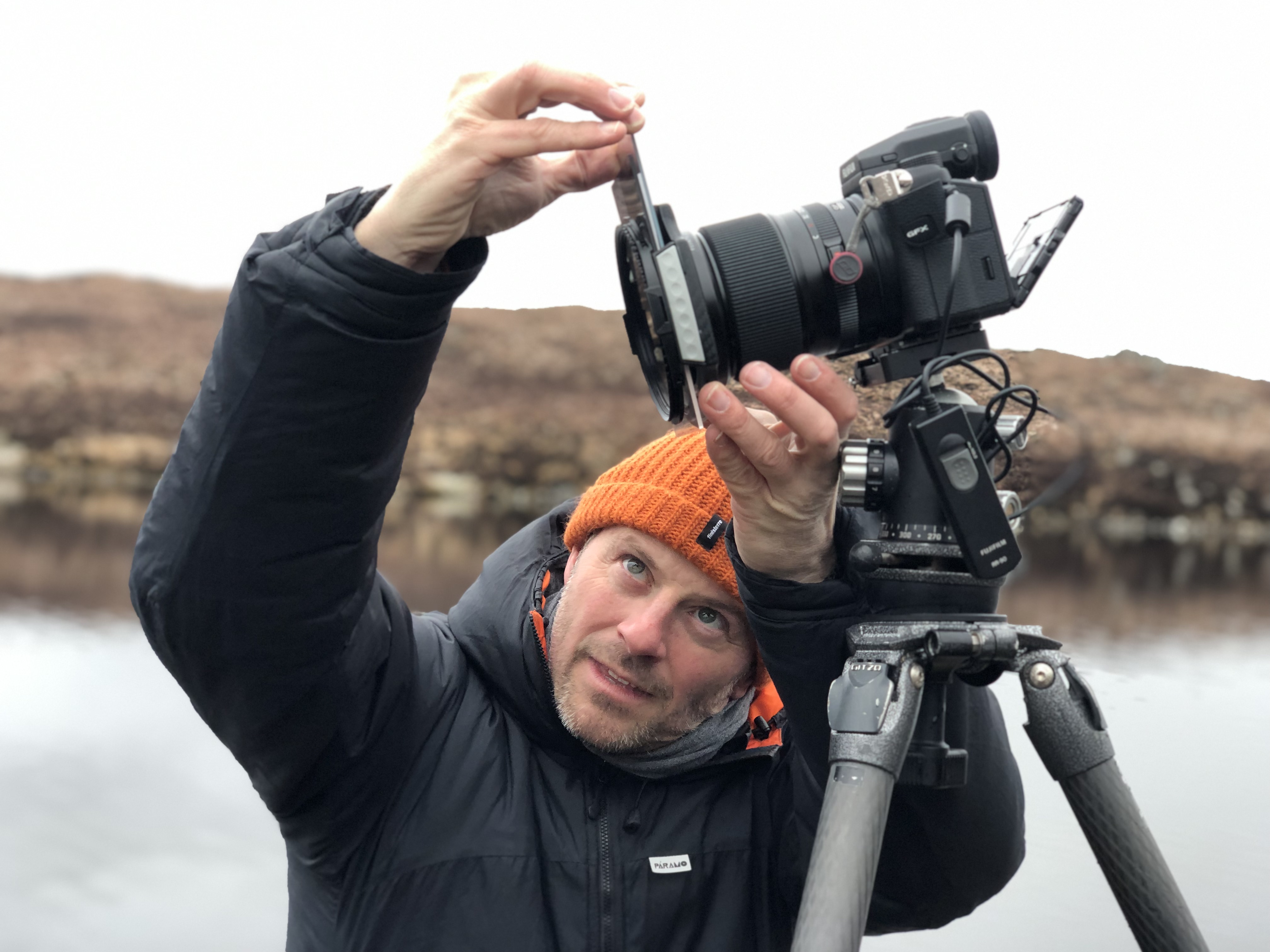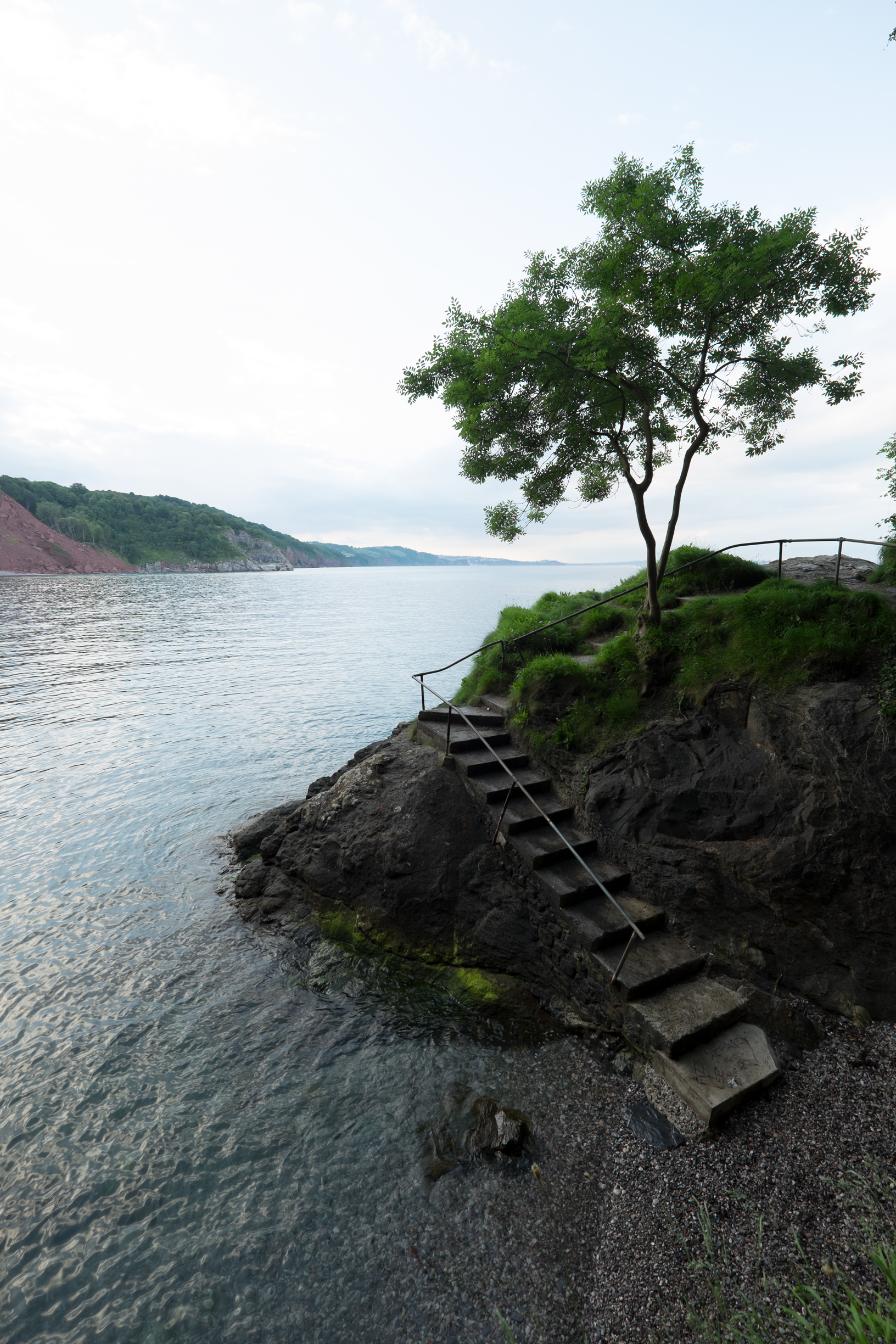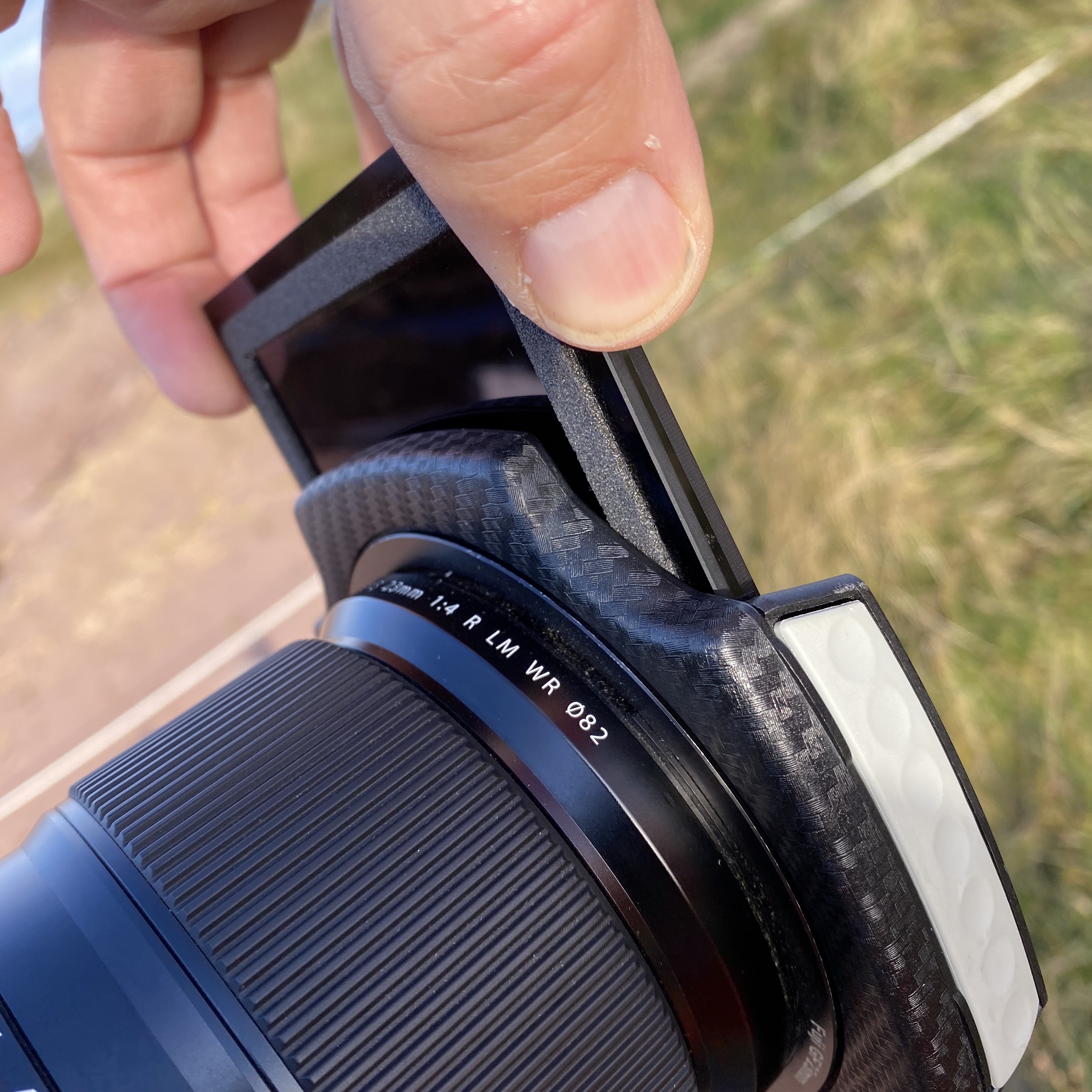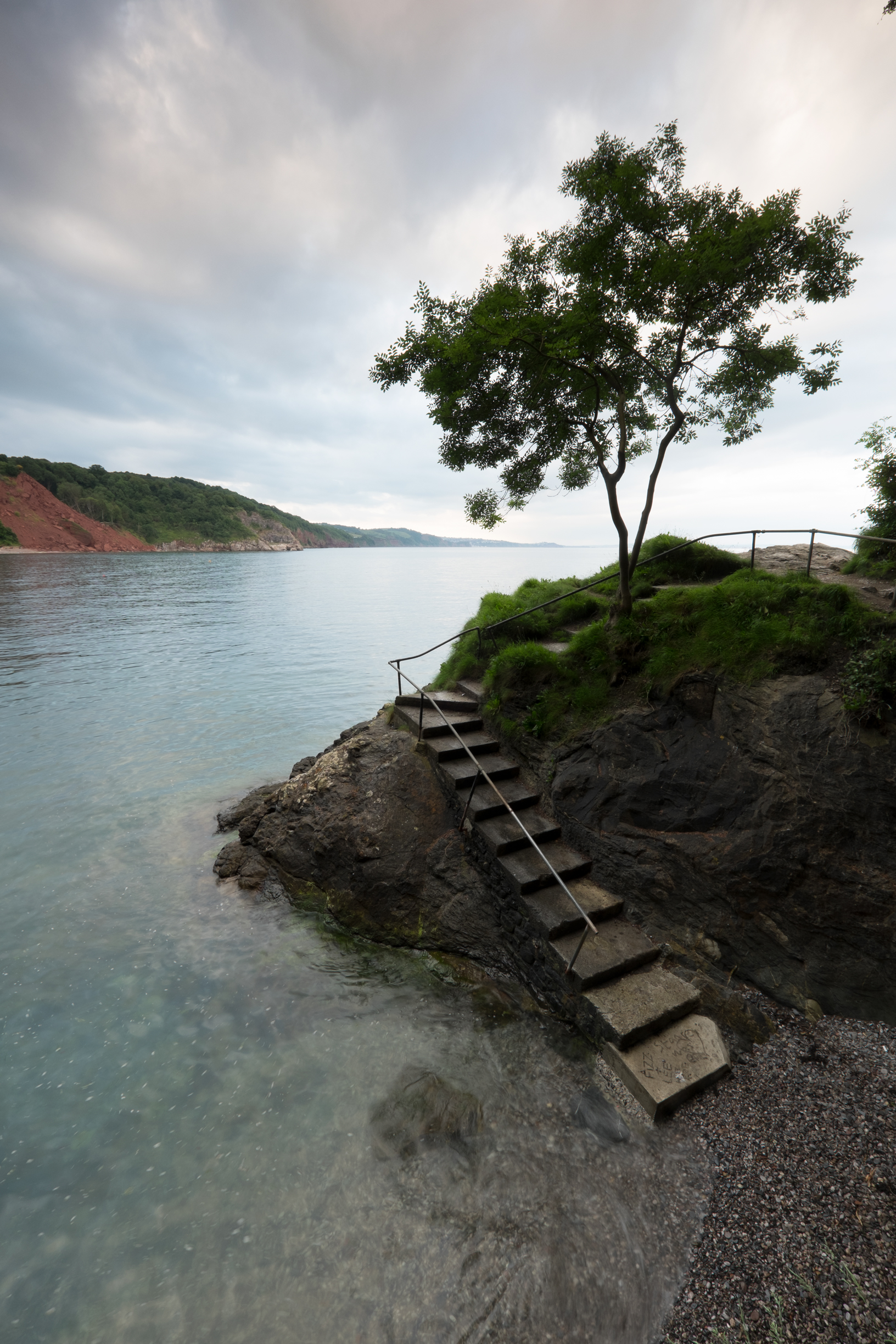Mental Health Awareness week #4: creativity, mindfulness & photography
How to use camera techniques and settings to create calming scenes
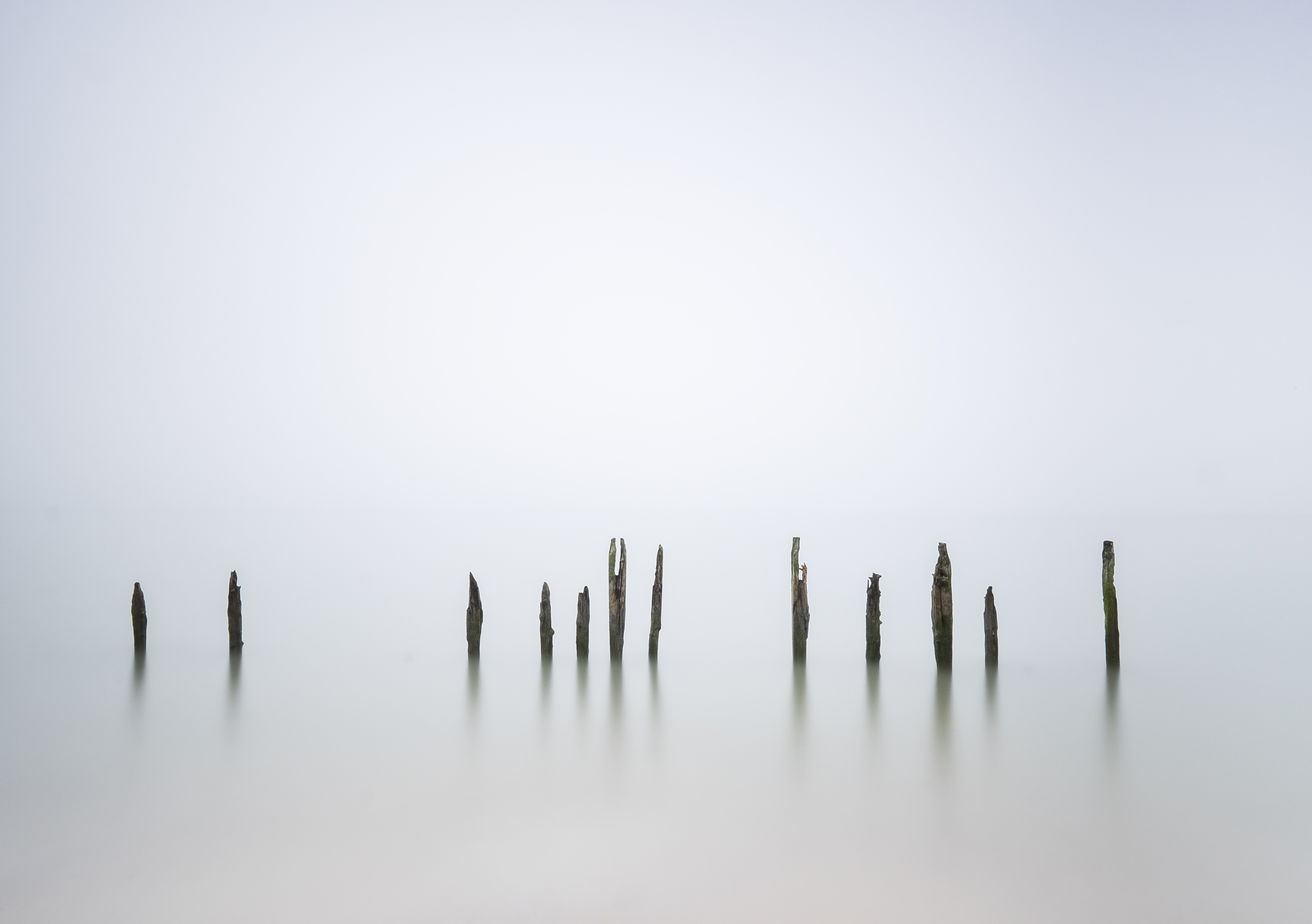
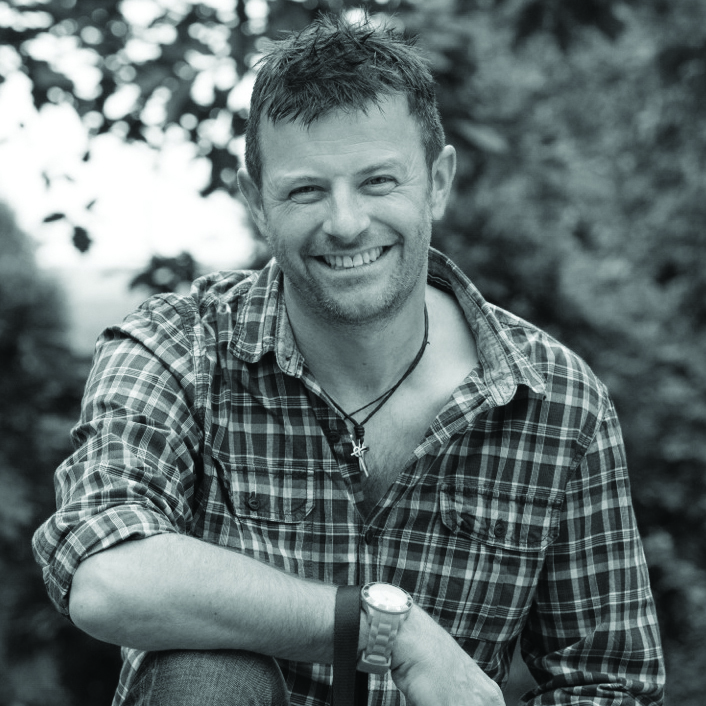
Paul has been a pro photographer since 1984, and by 2004 he was Picture Editor at The Times. In 2011 he became a full-time landscape photographer, and is passionate about the power photography has to help people overcome anxiety, and to positively adjust their outlook on life.
www.discoverstill.com
Mindful photography is showing what you experience in a very authentic way. People often interpret this as not allowing creativity, but the beauty we see is created by someone or something, so I encourage you to use your skills to match experience with expression.
The key is to see the world with wonder and awe – as a child sees it with innocence and curiosity – but then apply your experience as a photographer to bring the images to life as you perceive them.
In-camera movement, multiple exposures, and long exposures all yield differing expressions, emotions, and translations of a moment. The same is true when using film simulations or shooting in monochrome.
Symmetry is very calming to me. It gives my mind order, while reflections reveal a hidden beauty or unseen, surprising symmetry. Long exposures can make images calming or meditative, while multiple exposure can reveal an abstract vision that is unique.
Often I deliberately over or underexpose, not worrying about blocked blacks or featureless whites. If that’s how I see the moment, that’s how I photograph it.
I usually shoot with limited depth of field, f/2.8 or f/4, selectively focusing to bring attention to what I see and am captivated by.
It is important to try not to put yourself in a box that states “I only do long exposure” or “I only shoot in colour”. Allow yourself to experience all genres of photography, class it as seeing more of what is around you.
The best camera deals, reviews, product advice, and unmissable photography news, direct to your inbox!
If you see the world as a blur, defocus the lens. The wonderful thing about mindful photography is that it can’t be wrong: if the image reflects what you see or feel then it is true to the moment.
Use long exposures to create a calming image
1. Get set up
Mount your camera on a tripod, then attach a filter holder and cable release, and check your battery is charged. Turn the long-exposure noise reduction off in the camera’s menu.
• See the best tripods in 2021
2. Compose the scene
Set your composition, paying attention to what you want in the frame. Look at the edges of the frame to avoid unwanted clutter. Try to use the whole frame, but remember to leave space for your subject to breathe.
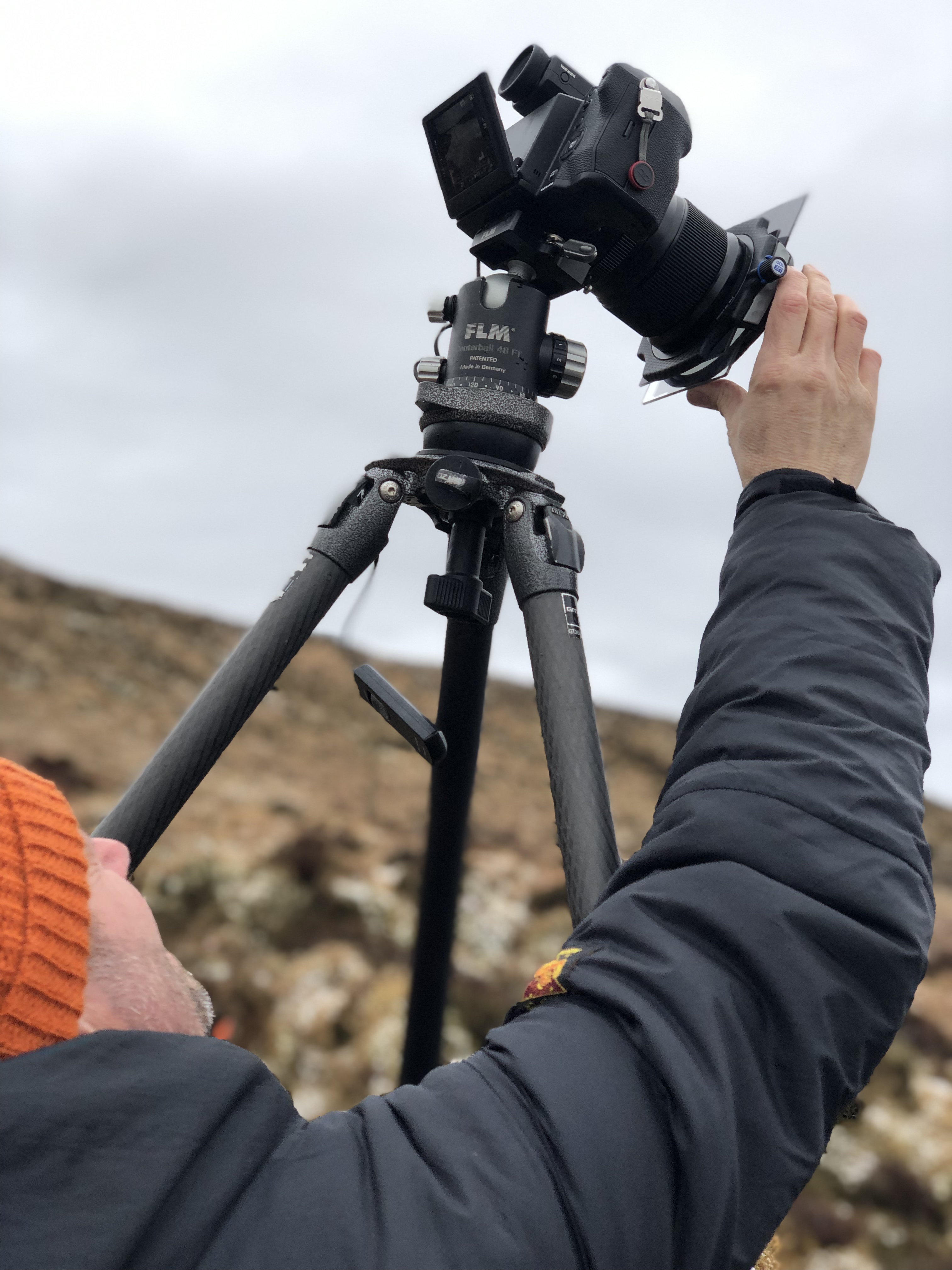
3. Exposure
I always set up without any filters, as this allows me to understand how it feels before I start. Take a test exposure without filters, aiming to open up the shadow areas and let the highlights blow.
4. Filter
Add a graduated ND filter to control highlights (usually in the sky). I use the Lee system because it gives total control over the placement of the graduation – normally a medium transition with around two stops of neutral density will be enough. Check and remember your exposure.
5. Focus
Focus the camera on the main part of your subject. Once you have focused, turn the autofocus off. Often when using a ten-stop or 15-stop filter the autofocus will hunt as you press the button, so turning it off maintains the focus point.
6. Exposure times
Work out the correct exposure with your ten-stop filter and don’t adjust the aperture or touch the focus. I use the free Lee Filters app, but there are others available for a small fee. Take the exposure from step 4, dial the shutter speed into your app, apply the filter you’re using – in my case a ten-stop – and read off the new time.
You can also use the apps to time the exposure if you don’t have a built-in timer. Set the camera to B or Bulb mode, release the shutter using a cable release and lock the release.
Unlock after the time the app calculated has passed. Always check your aperture is the same as the initial exposure – often changing to Bulb mode does not copy across the aperture settings especially on Canon cameras.
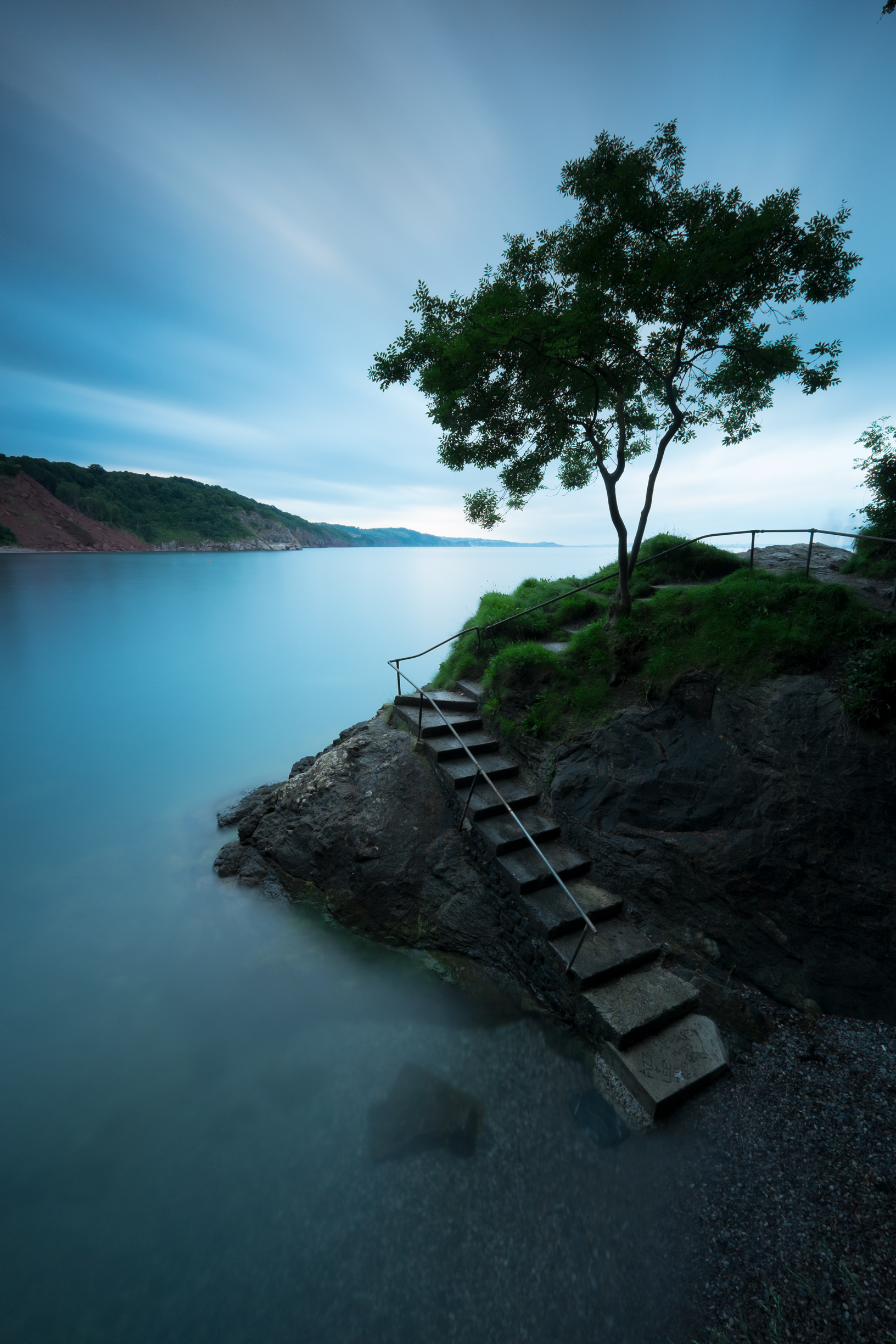
Read more:
Mental Health Awareness Week in the UK
Learn the craft of slow-shutter-speed photography
Can photography improve your mental health?

Lauren is a writer, reviewer, and photographer with ten years of experience in the camera industry. She's the former Managing Editor of Digital Camera World, and previously served as Editor of Digital Photographer magazine, Technique editor for PhotoPlus: The Canon Magazine, and Deputy Editor of our sister publication, Digital Camera Magazine. An experienced journalist and freelance photographer, Lauren also has bylines at Tech Radar, Space.com, Canon Europe, PCGamesN, T3, Stuff, and British Airways' in-flight magazine. When she's not testing gear for DCW, she's probably in the kitchen testing yet another new curry recipe or walking in the Cotswolds with her Flat-coated Retriever.
